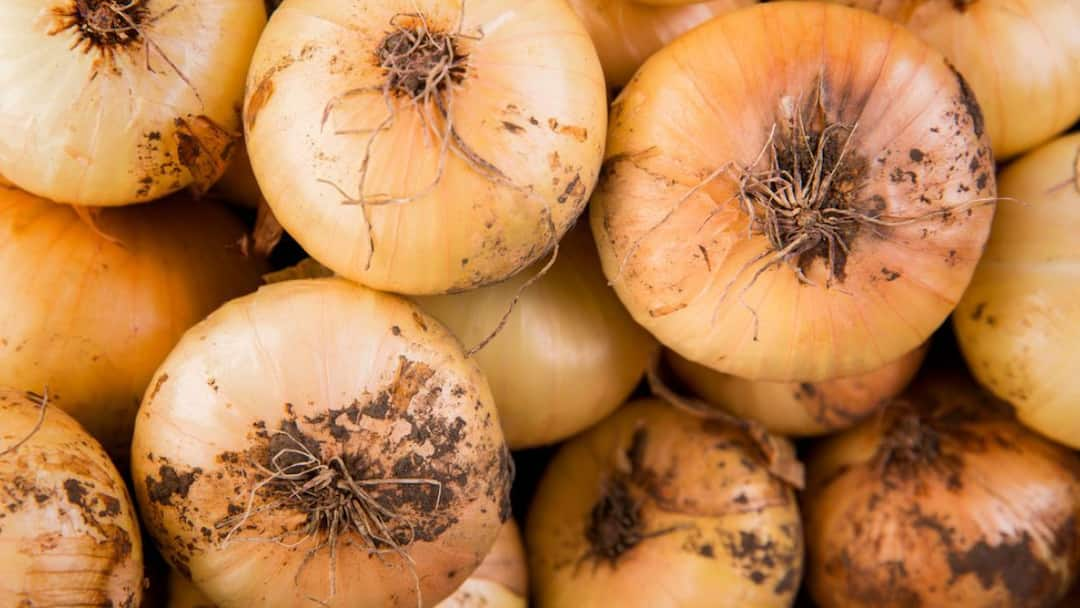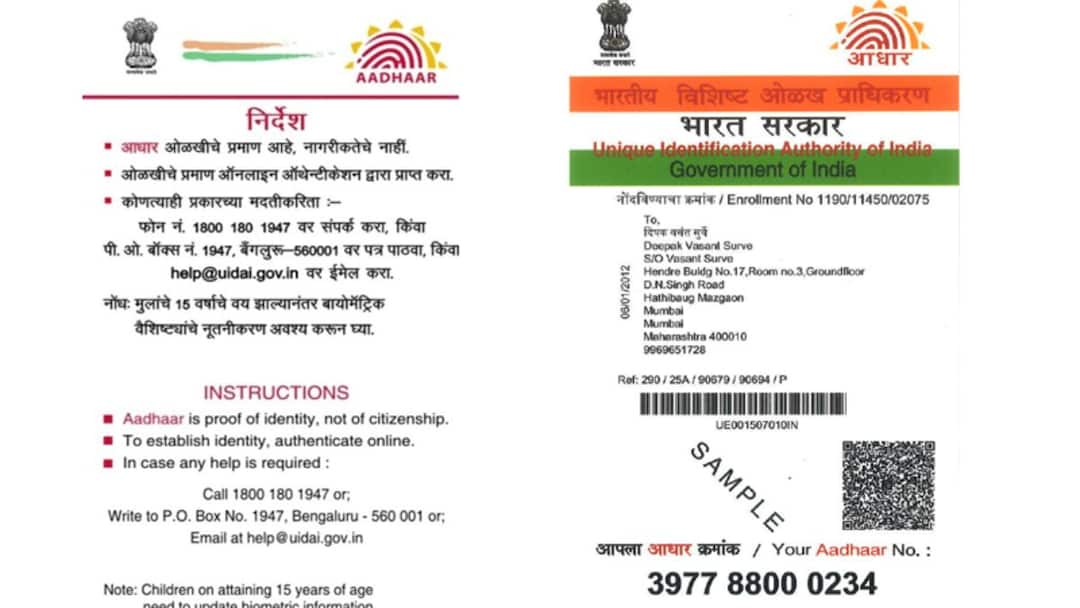You grab an onion from your kitchen basket, only to notice a few dark patches near its skin. Most people simply peel them off and continue cooking, but that harmless looking black spot might be more dangerous than you think.
According to Kanika Narang, Deputy Manager and HOD- Dietetics Department, Indraprastha Apollo Hospitals, Delhi, these black markings are not just dirt or discolouration. They’re sign of a fungal infection that can impact your health in ways you might not realise.
ALSO READ: Delhi AQI: Doctor-Recommended Ways To Protect Your Eyes From Air Pollution And Smog
What Causes Black Spots On Onions?
“Black spots on onions are typically due to a fungal infection, and most often by Aspergillus niger, also known as ‘black mold.’” explains Narang.
This fungus thrives in hot and damp environments, particularly when onions are stored poorly or have damaged skins. The infection often begins near the neck, roots, or between layers, appearing as black, powdery patches.
While it may look harmless on the surface, Narang warns that these spores can easily spread inside the onion. “The fungus grows well in hot and damp environments, especially when the onions are stored in poor conditions or have outer skins that are damaged.”
That black dust isn’t something you can simply brush off. It’s a sign your onion has already started to decay from within.
Can You Eat Onions With Black Moulds?
Most people believe that scraping off the dark layer makes the onion safe to eat. But according to Kanika Narang, this belief is only partly true.
She explains, “While pulling off the obviously moldy outer layers might eliminate surface spores, mold contamination tends to penetrate deeper into the onion by microscopic filaments. Peeling off the top layer doesn’t necessarily ensure safety. The best policy is to throw away the whole onion if you see black mold, an off smell, or softening, indicating internal spoilage.”
Even a small contaminated section can expose you to harmful mycotoxins, compounds produced by the fungus. “Fungal-infested onions carry potential health hazards, particularly if the fungus has spread below the surface. Aspergillus niger is mycotoxin-producing and can cause allergic responses, respiratory distress, or gastrointestinal upset in susceptible individuals.”
What To Do If You’ve Eaten A Contaminated Onion
If you’ve already cooked with an onion that looked slightly off and are now feeling uneasy, don’t ignore the signs. “If an individual has symptoms like nausea, vomiting, stomach pain, or allergic symptoms following the consumption of an onion infested with fungus, they need to remain hydrated and should approach a doctor without delay,” says Kanika Narang.
She further advises, “A physician might prescribe medication to suppress symptoms and, depending upon the requirement, conduct tests to eliminate foodborne illnesses or allergic reactions. Immunosuppressed individuals or those with pre-existing respiratory illnesses must be extra careful and must not self-medicate.”
A single spoiled onion may not always cause visible illness, but consuming it repeatedly or ignoring symptoms can trigger serious health complications.
Next time you spot a black patch on your onion, don’t risk it. That tiny discolouration could mean your onion has become a breeding ground for fungus, and it’s better to waste one vegetable than compromise your health.
As Narang reminds, “The best policy is to throw away the whole onion if you see black mold.”
[Disclaimer: The information provided in the article is shared by experts and is intended for general informational purposes only. It is not a substitute for professional medical advice, diagnosis, or treatment. Always seek the advice of your physician or other qualified healthcare provider with any questions you may have regarding a medical condition.]
Check out below Health Tools-
Calculate The Age Through Age Calculator


